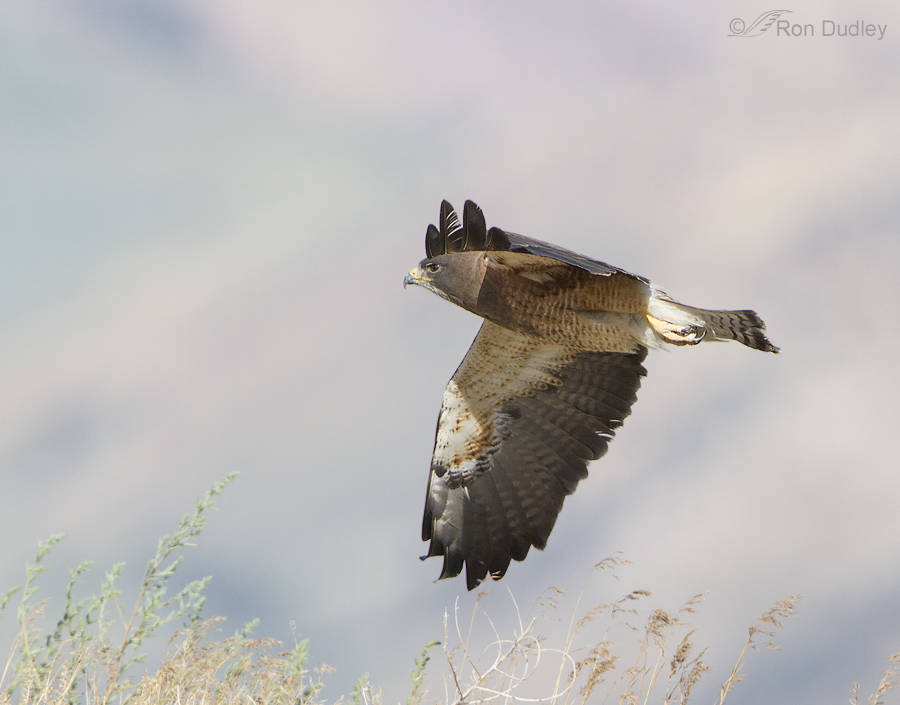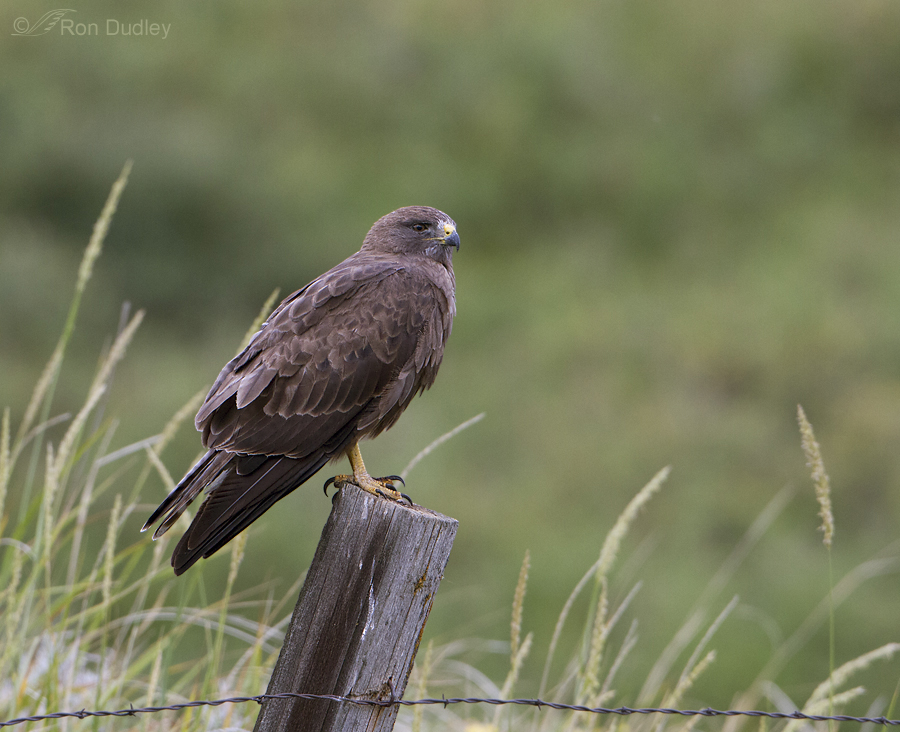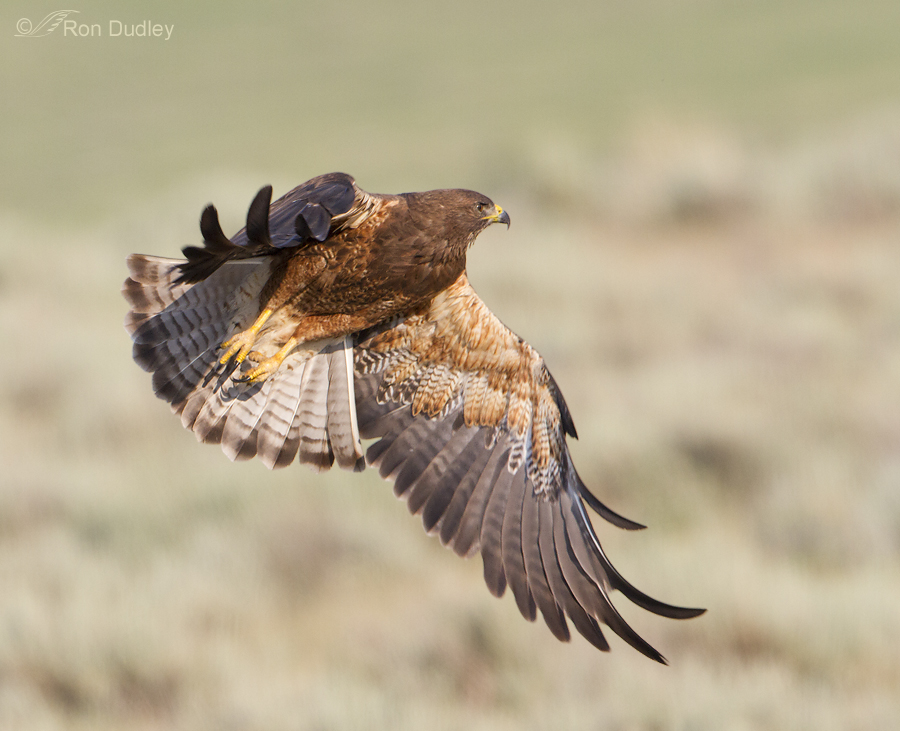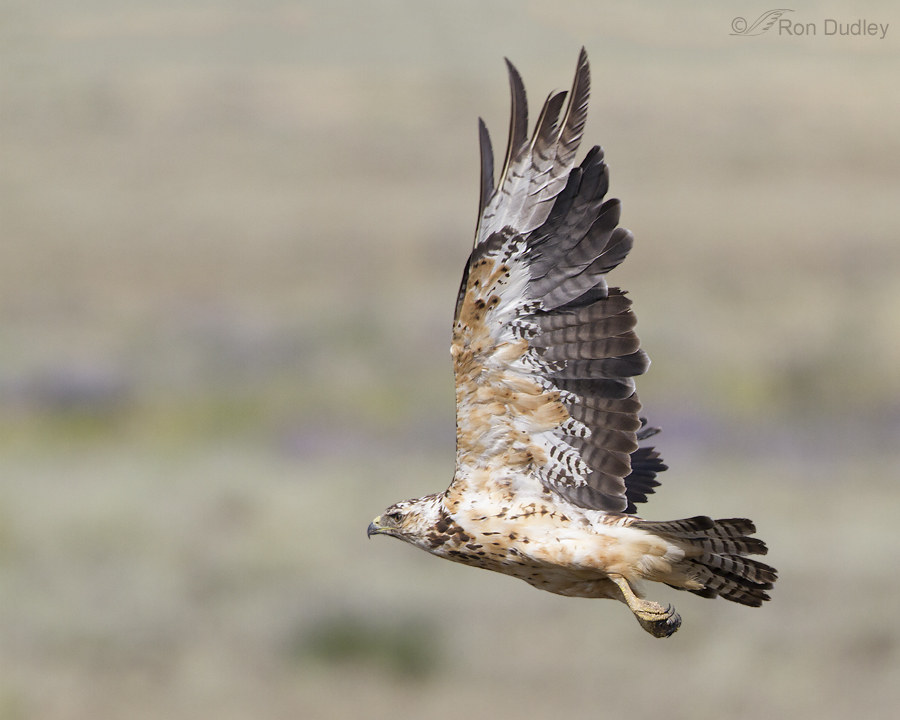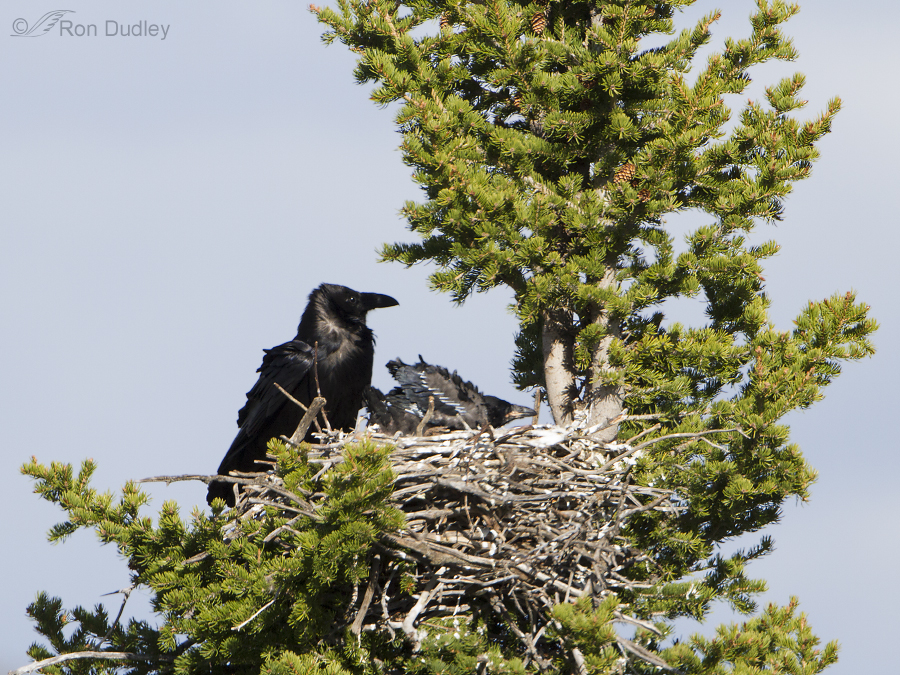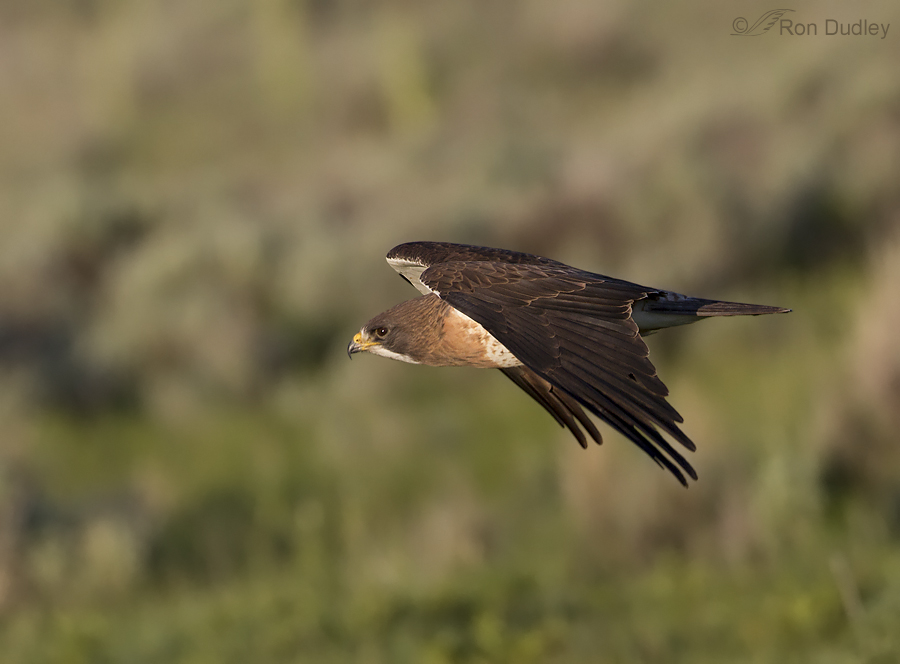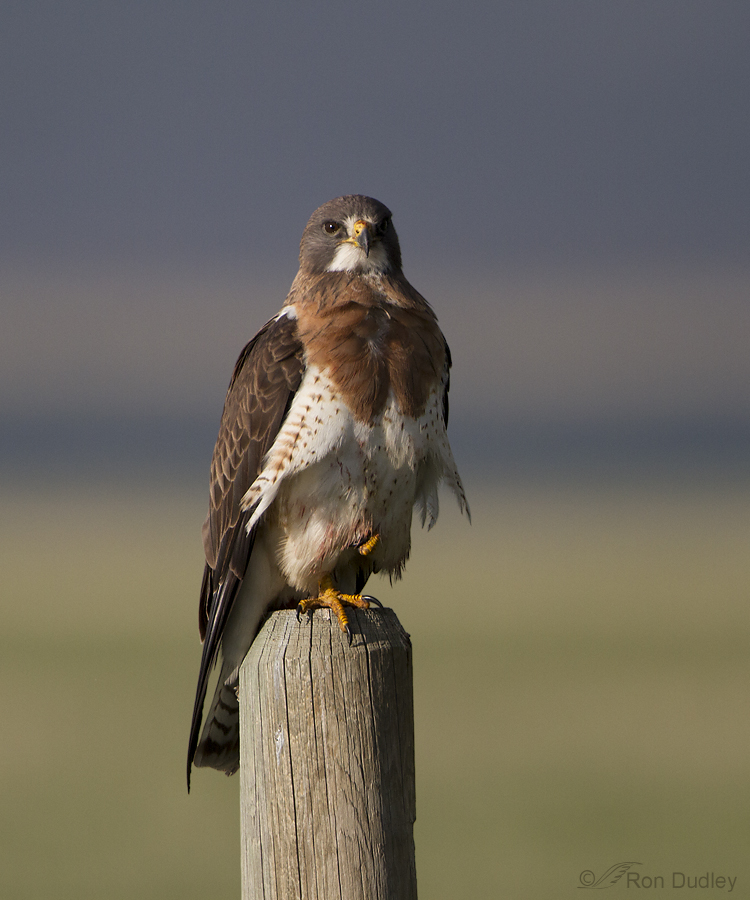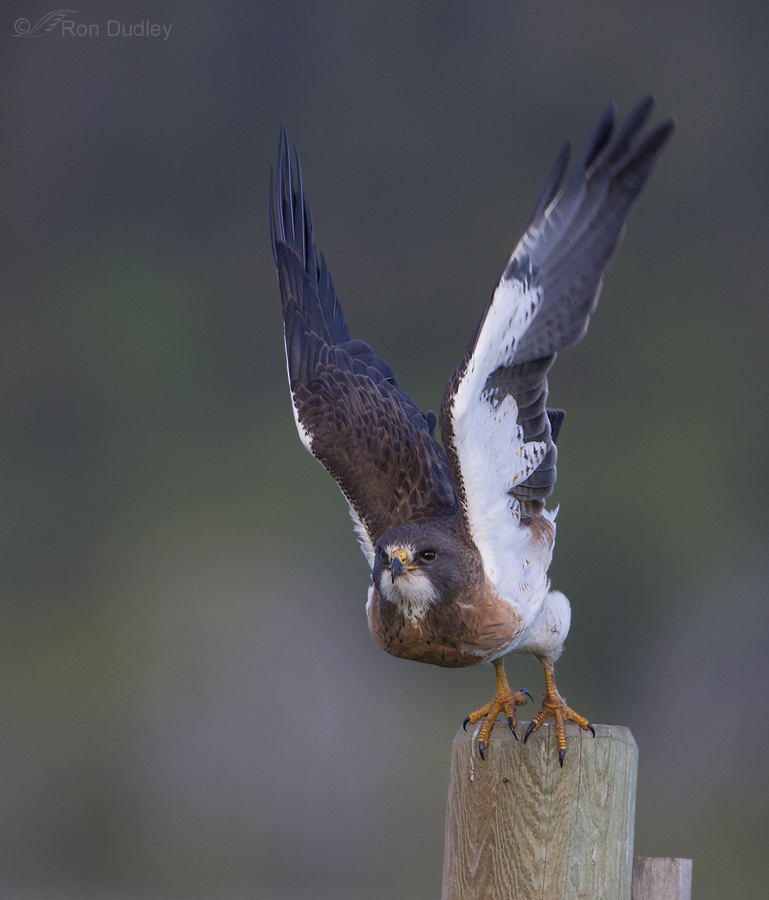It goes without saying that light angle, intensity and warmth can have huge effects on an image, both positive and negative. I thought it might be interesting to see the effects of different types of light on the same species – in this case, Swainson’s Hawks. 1/160, f/6.3, ISO 640, 500 f/4, 1.4 tc, natural light, not baited, set up or called in Here, the sun was low and the light warm. The light was directional (side lighting the bird) but it worked pretty well because the darker parts of the bird are in the direct light. The head angle is just right for this pose – if the head were angled any more toward me I’d have lost the catch light and light on the face. If it were turned any more away from me I’d have lost good eye contact. 1/1250, f/5.6, ISO 640, 500 f/4, 1.4 tc, natural light, not baited, set up or called in Like in the previous image, this hawk is side lit. The difference is that the bird has its light, creamy colored belly facing the sun so the whites, though they’re not blown out, are a tad too bright and lacking detail. 1/2000, f/6.3, ISO 500, 500 f/4, natural light, not baited, set up or called in I took this image a little later in the morning, so the light wasn’t so warm and at that angle enough of it is reflecting up from the ground to give me sufficient detail in the shaded, dark brown plumage…
Continue reading
